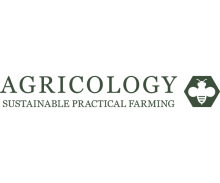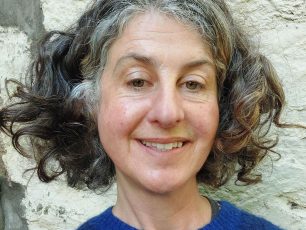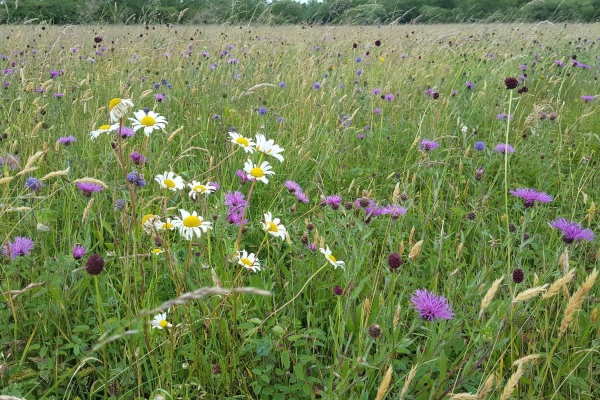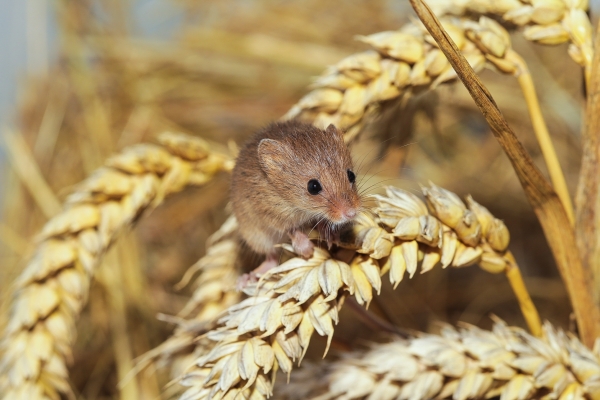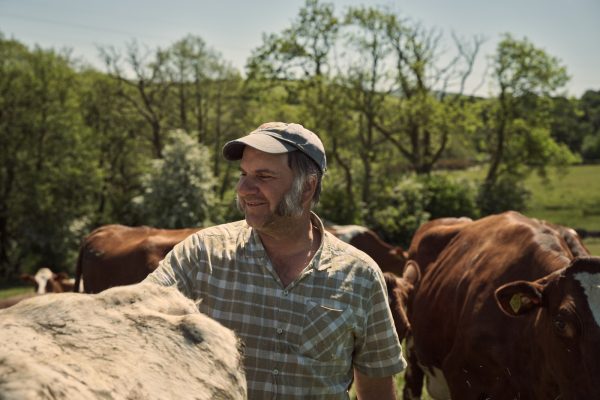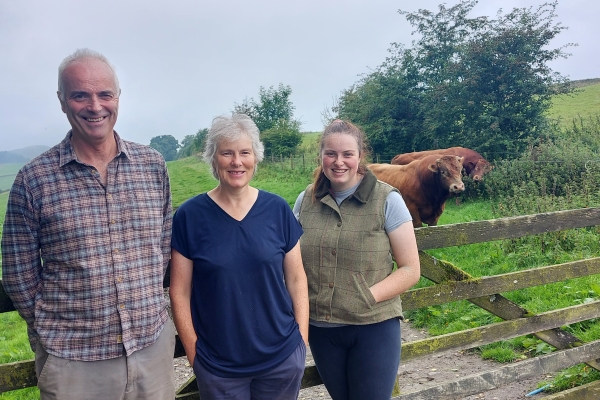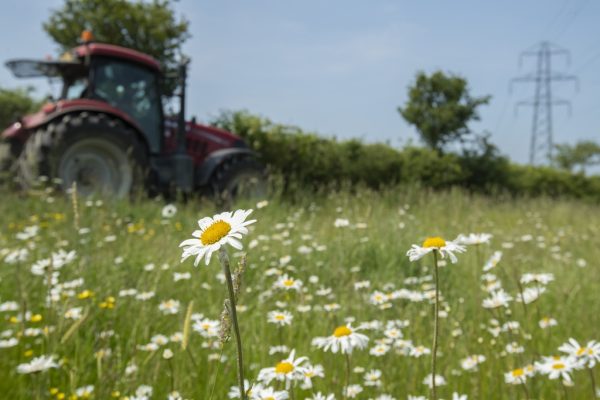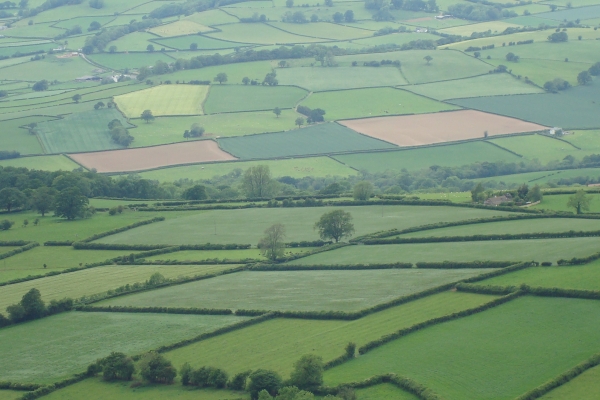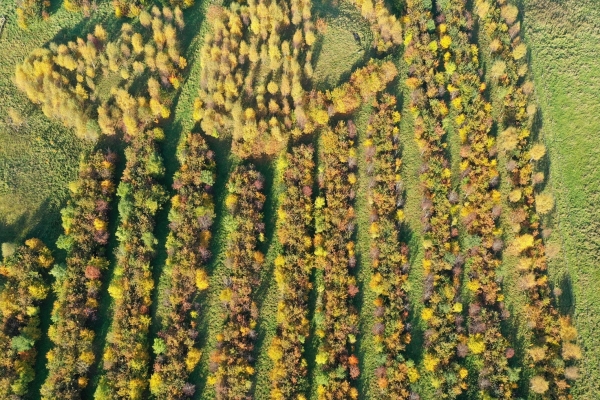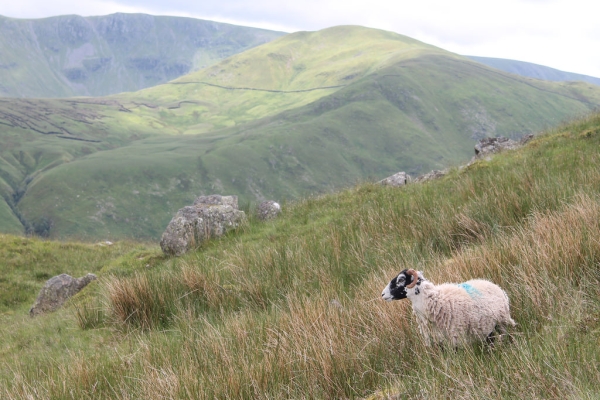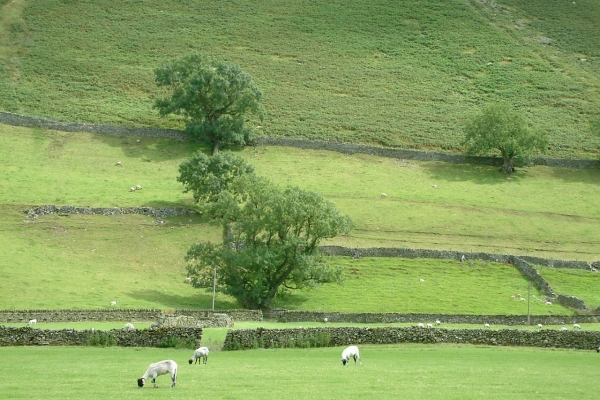Farming, Nature Recovery and Creativity
I was lucky enough to take part in the Creatively Connected event organised by Northern Heartlands and held at Raby Castle in Co. Durham at the end of last week. Billed as bringing together ‘artists, farmers, landowners, community, academics and policymakers to explore the intersections of high nature value farming, nature recovery, community and creative practice in the landscapes of Teesdale and Swaledale’ it created a forum for looking at how creativity can amplify and enrich conversations on farming and the future of our uplands. It marked the culmination of a project forming part of Tees-Swale: Naturally Connected, a programme funded by the National Lottery Heritage Fund, and managed by North Pennines National Landscape Team and Yorkshire Dales National Park Authority.
Being a resident of Teesdale, I am aware of the vulnerabiltiy of the wildlife and habitats, particularly within the context of our changing climate and farming practices. Chair of the panel discussions Chris Woodley-Stewart, Director of the North Pennines National Landscape team, kicked off proceedings with emphasising how the arts can help bring a sense of hope and urgency, helping to expose people to new experiences and encourage collaboration.
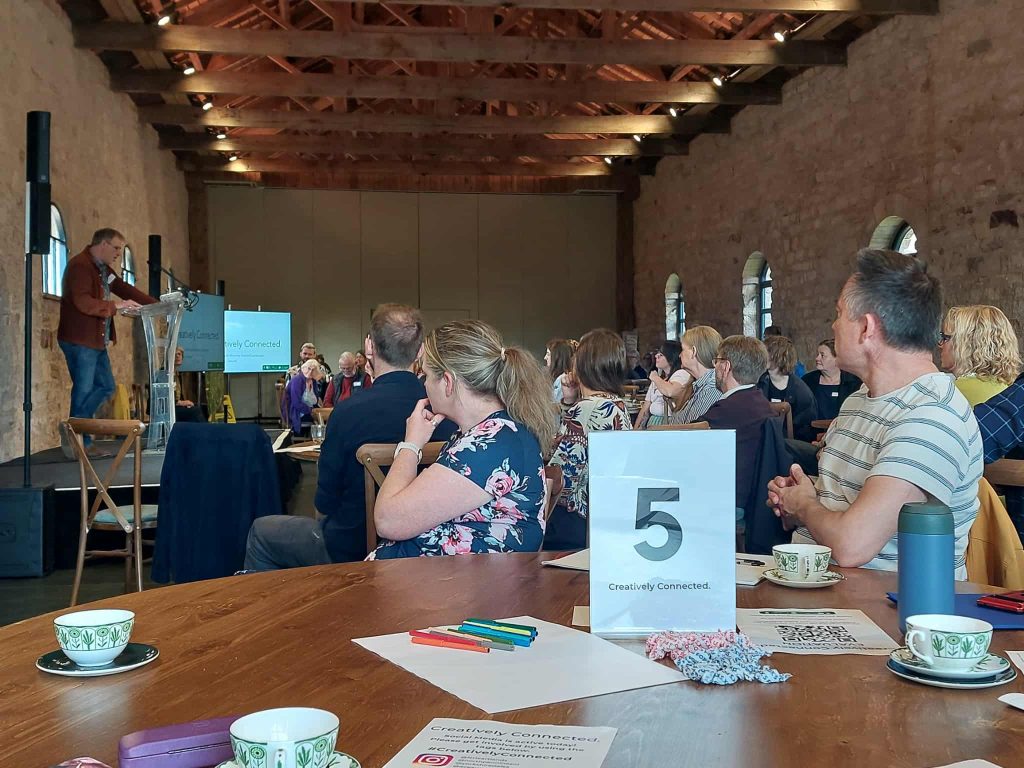
Facilitator Justine Boussard then encouraged us to “face the future with eyes wide open and a renewed sense of urgency” as she took us on a journey through time to highlight high nature value farming, something which she referred to as encapsulating the growing recognition that the conservation of biodiversity depends on the continuation of low intensity farming systems. “What many locals recognise simply as farming.” Where did she take us?… Back to 1930 – since then, the UK has lost 97% of its meadows. Of what remains of upland hay meadows, 40% are in the North Pennines. “It’s taken less than 100 years to dramatically alter a landscape thousands of years in the making, and with it the weather that shines on it.” Increasingly longer periods of drought are followed by periods of torrential rain. Across Teesdale, Swaledale and beyond (she continued), farmers are holding on to ancestral knowledge whilst diversifying their businesses… Conservationists and volunteers are collecting seeds from one meadow to replenish another, and artists are observing and amplifying what is happening… This set the scene perfectly for what was to follow.
I attended two workshops with artists who have been involved in the project. In Rising and Falling : Listening through Swaledale, John Coburn and Tim Shaw blended a sound walk around Raby Castle gardens with a demonstration of experimental sound recording methods used during their Creatively Connected residency and sounds collected from Swaledale landscapes across the last year. Part of this involved broadcasting live from Hazel Brow Farm (Cath Calvert the farmer, also took part in the panel discussions during the day). It was fascinating to hear how presenting Cath with an audio stream recording carried out over a period of 24 hours on the farm had given her a new window into her world, opening her eyes even more to the biodiversity that could be found on the farm. This of course has wider implications – if a farmer is enabled to identify what can be found on their land, they are more ably equipped and more likely to want to protect it through their farming practices.

Visual artist Matt Denham in his workshop Layers of the Past, Pockets of the Future focussed on the act of sowing seeds collected during Tees-Swale volunteer seed collecting sessions as a way of introducing thinking about how high nature value farming and artistic processes can sit ‘within the natural rhythm of nature conservation and recovery work.’ The combination of his amazing, magnified images of seeds of rare plant species inspired by the Teesdale Assemblage, a rare alpine-arctic collection, along with encouraging attendees to participate in the gentle act of seed sowing, served to underline the importance and beauty of the different species, and perhaps (hopefully?!) invite people to think about them differently. A simple act of raising awareness that could have powerful implications.
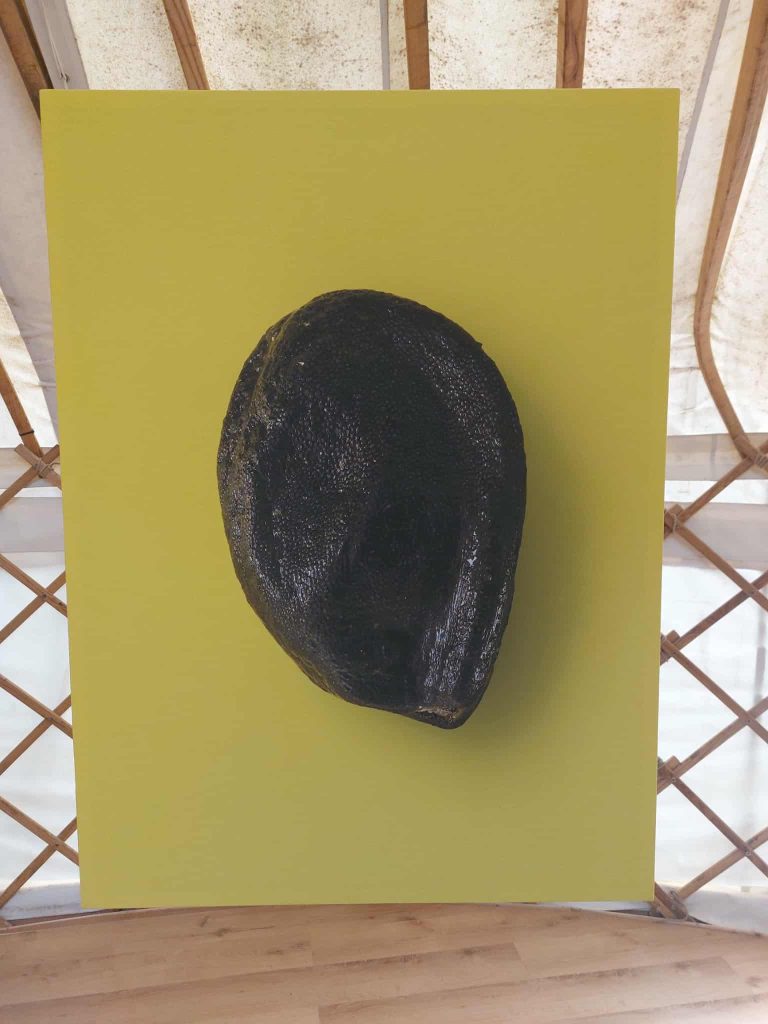
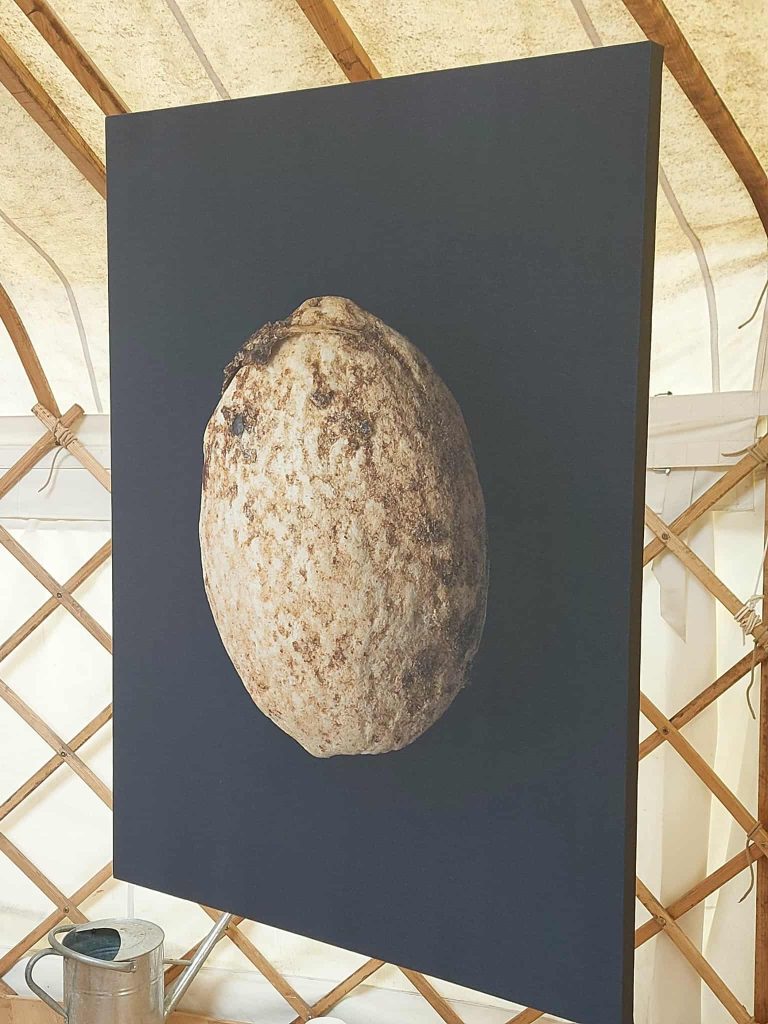
Chris Woodley-Stewart spoke at the beginning of the day about exploring and highlighting nature through artistic enquiry – “finding new routes to unlocking fascination in our surroundings.” This is so important – with fascination comes care – we all have a responsibility in protecting our landscape and of those that work within it. The event demonstrated the possibilities and power of doing this.

